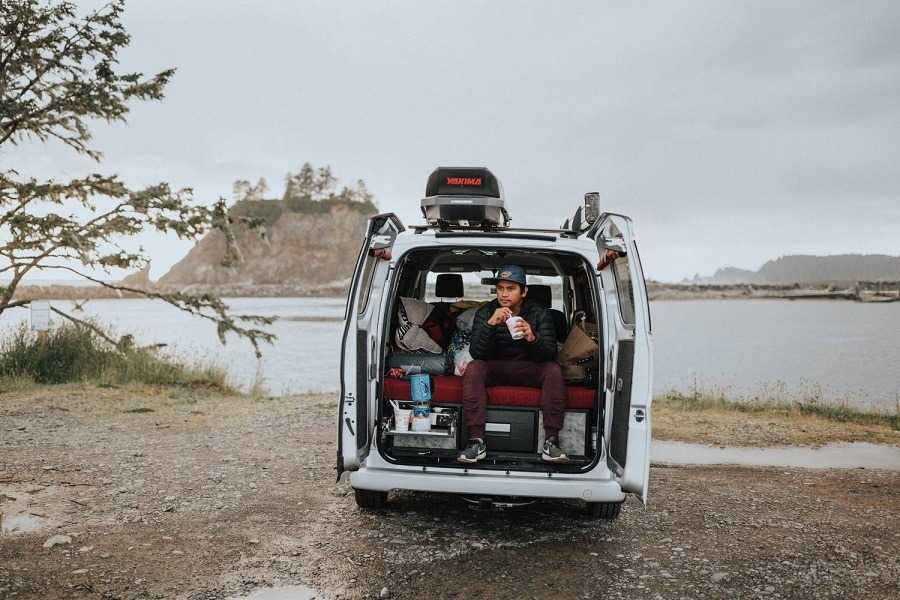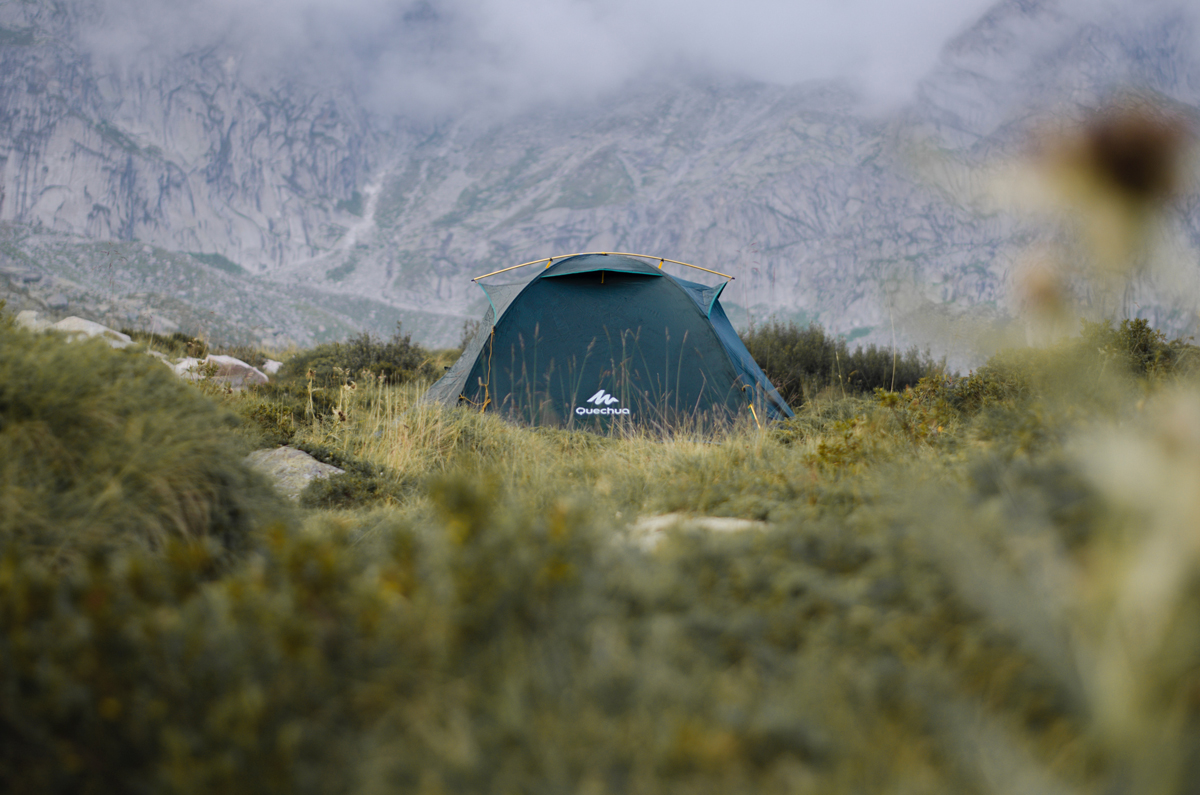Phone
+1-650-666-095
Contact E-mail
[email protected]
Address
16192 Coastal Hwy, Lewes, DE 19958-3608
A Complete Guide To Camping in Spring: A Deceptive Experience
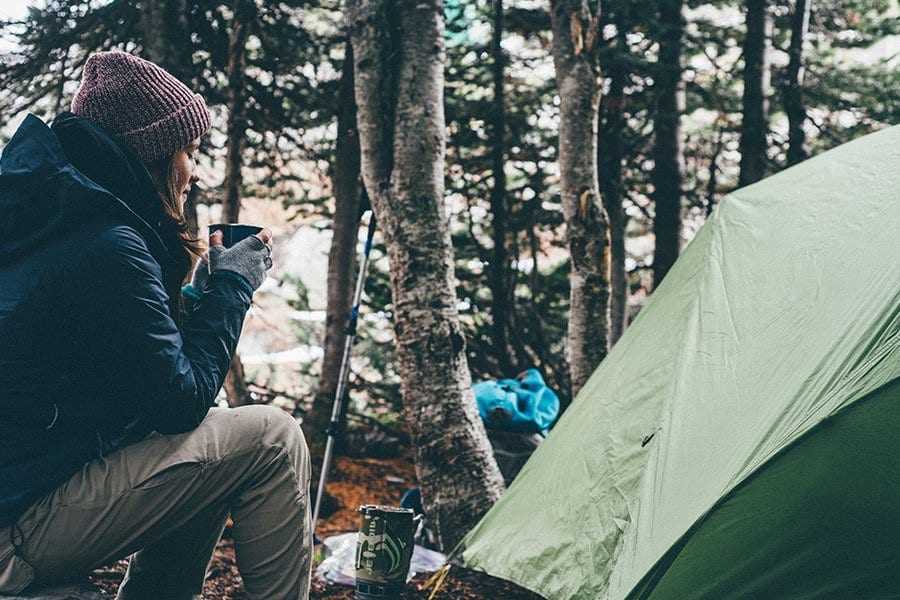

When camping, people imagine warm nights spent around the campfire, not sudden rainstorms in the middle of the night. Newbie campers might be surprised to learn that those scenarios and more are possible when camping in spring. It can be challenging to venture into the wilderness during the offseason. It can become more of a nightmare than a memorable camping adventure.
We’ll discuss camping tips you should know when camping in spring. This includes the camping gear you must bring to what you expect from the weather. Read along, and we will give you a rundown of how to make your spring camping experience much more enjoyable.
1. Spring Temperatures Can Be Deceptive
Temperatures during the day can be pleasant in the spring. However, they tend to drop harshly at night or in the morning, especially in early spring. If camping overnight, you must be ready to deal with the adverse conditions possible during the off-camping season.


Don’t base your expectations on the high temperature for the day. Examine the weather forecast in the area where you will be camping hour by hour to get a better idea.
Once you know the temperature, pack the right sleeping pad, sleeping bag, and clothes to bring along on the camping trip so that you don’t end up overheating or freezing. The temperature will likely influence the things you bring for your camping gear.
2. Spring Break Is The Ideal Time to Camp
Everyone knows that camping can be a time-consuming hobby, and spring camping is no exception to that rule. If you want to enjoy your spring camping trip, you will need enough time to be able to head out, set up camp and appreciate the beauty of nature without feeling like you’re in a rush.
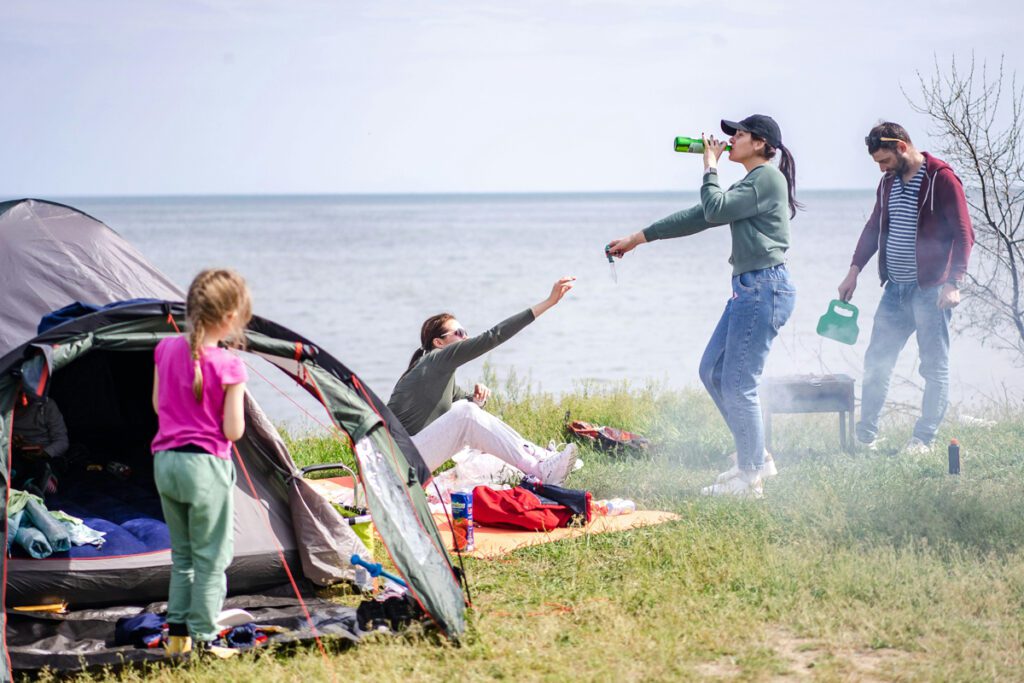

When planning a spring camping trip that lasts several nights, spring break comes into the equation. Grab the moment to organize a time for your kids and the family, an outdoor adventure they will always cherish.
In addition, spring break allows you and your friends to head out and enjoy your camping trip together. Even the latest spring breaks will still occur before the summer, so you must be prepared to deal with the challenges of spring camping.
3. Prepare For Extremes
While the springtime may not present as many issues to campers as the winter, you must be ready for anything, regardless of what you expect. For that reason, you will want to bring the right equipment with you. We don’t mean you must bring winter jackets in the springtime, as that is overkill.
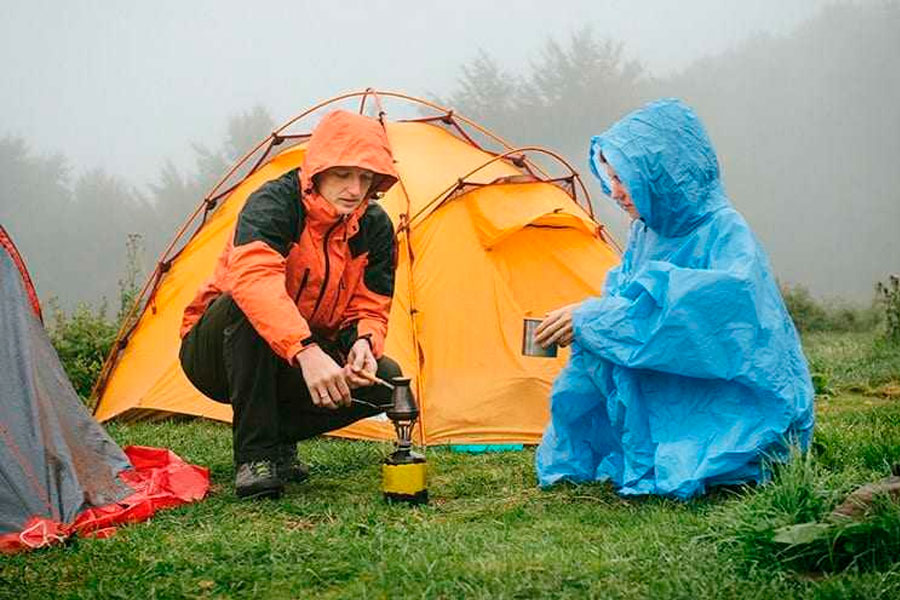

At the very least, you must be prepared for freezing rain, especially if camping in early spring. The extent of the extremes will largely depend on your camping spot, as springtime differs from state to state.
If spring tends to have warmer temperatures than usual, you may not have to pack for cooler temperatures. Of course, the mention of rain brings us to our next topic.
4. Prepare For Rain, And Pack To Stay Dry
In springtime, expect copious amounts of rain, especially if you live in a more humid state. Dealing with rain while camping is not an issue if you are prepared and have the right camping gear, especially when tent camping.
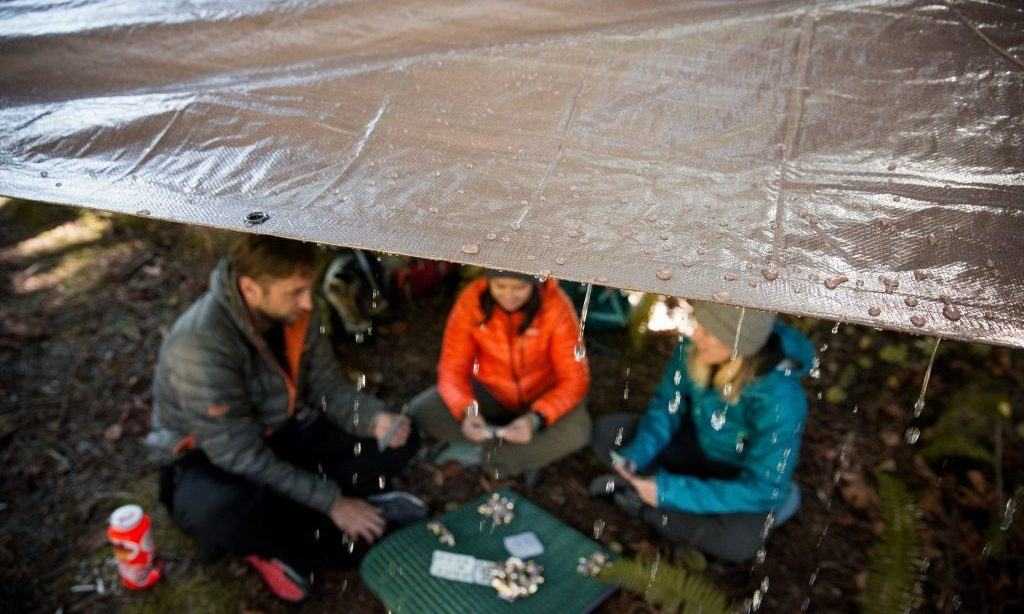

Spring camping will not present many challenges that are as difficult to surmount as dealing with the onset of an unexpected rainstorm. However, if you bring a tent resistant to water, you will at least have enough shelter to remain covered.
You will also want to bring water-resistant bags, as you don’t want to deal with your things getting wet while taking them to the campsite. You don’t have to ensure everything you bring is waterproof, but at least bring those things in a waterproof container.
5. It Still Isn’t Summer, So Prepare Some Lights For The Night
Bringing camping lanterns and lights is always a good idea when you are about to go on a camping trip. It is even more important when camping in spring. Since you won’t have as much daylight as in summer on a spring camping trip, having lights can make it easier to navigate the campsite.
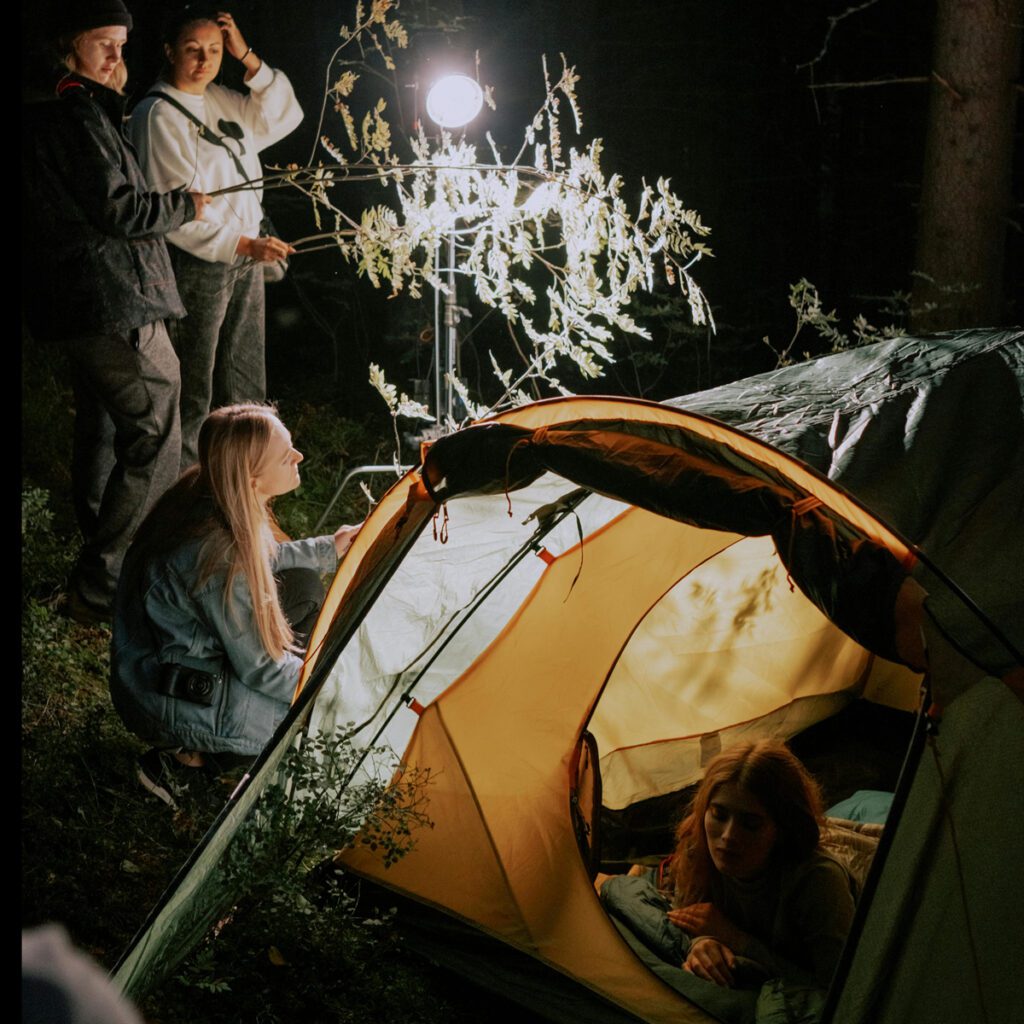

Of course, you must decide whether to bring stationary lights that you can set up around the campsite or portable lights, which are a little more convenient. Your campsite will be adequately prepared if you have enough light to see where you’re walking around your designated campground.
Conclusion
We hope this guide has provided all the camping tips you need to ensure you enjoy camping in spring. Feel free to comment below to let us know what you think.
Resources:


